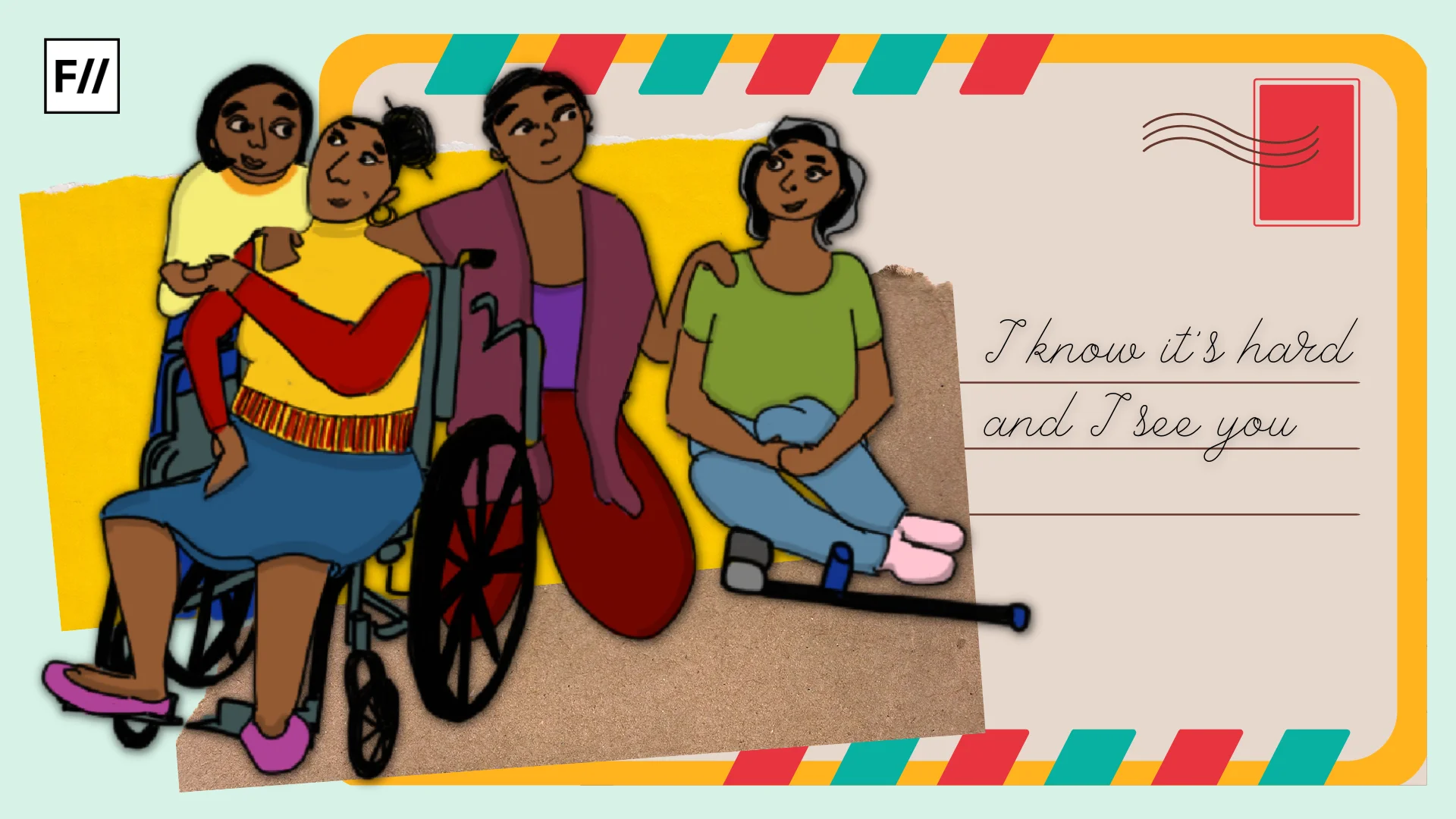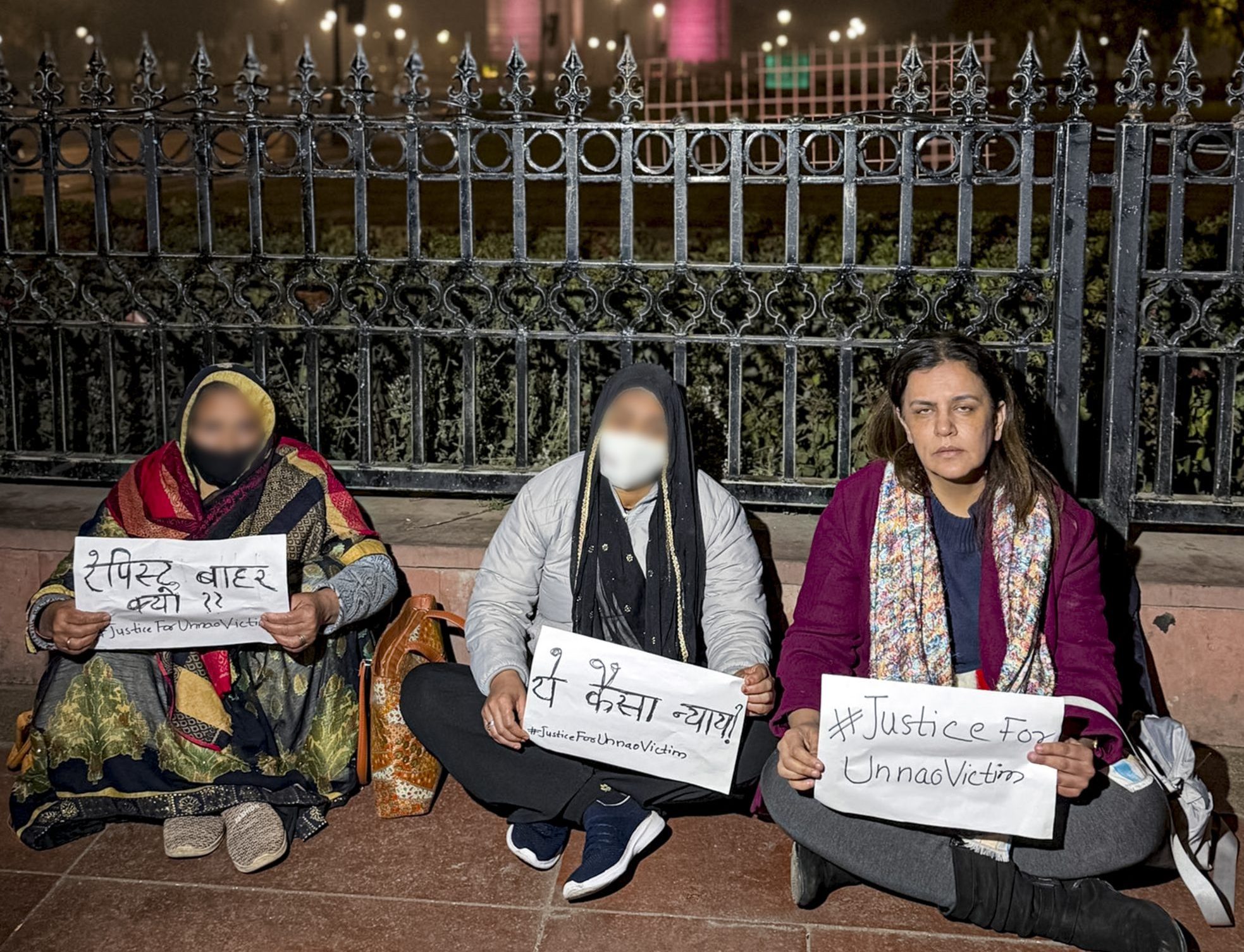Everybody is familiar with the practice of monogamy. We see it in the majority of our families growing up, or at least in popular representations of families in mass media. A relationship is considered monogamous when two individuals do not wish to see other individuals outside their relationship, romantically or otherwise. While this may be considered the standard practice, and even the “normal” form of relationships, polyamory has proven to be a “new way to love” as The Guardian refers to it.
Polyamory can be simply explained as the opposite of monogamy. Partners consent to see multiple people. As a term, it has Latin roots and was coined in 1960. The meaning of the word is simple: “many loves.” When individuals choose to mingle with each other’s partners, rendering the concept of “the original two” irrelevant, it is known as a ‘polycule.’ The word is a combination of the words ‘polyamorous,’ and ‘molecule.’ These relationships may be romantic, sexual, or both. No real restrictions exist for this, as long as all activities undertaken by everyone involved are consensual and safe.
The consensual aspect of such relationships requires emphasis for many reasons. There are bound to be those who do not necessarily “agree” with such a lifestyle choice. Sometimes, the nature of polyamorous relationships is misconstrued by them in order to make everyone who participates in such engagements seem inherently misguided. As a result, polyamory comes to be misunderstood as adultery, where only one individual in the arrangement enthusiastically consents, and the other is forced to go along with it. This may happen in some circumstances, but it is certainly not what practitioners of polyamory condone. By nature, polyamory is meant to be freeing and inclusive. Such a relationship should never feel like an imposition on one’s happiness.
Further, partners of those currently in polyamorous relationships may choose to remain monogamous themselves. Therefore it is important to understand that polyamory is a manner of involving oneself in relationships that comes out of a desire to do so. It is not and must not be imposed on anybody, even if that individual has no qualms about their significant other (SO) being in a polyamorous relationship with other people.
Who is polyamory for?
While polyamory may not be inherently queer, but undeniably a far more popular relationship style among queer individuals. Though, it’s all about finding what fits best for oneself. While some people may not see polyamory as an inherently political statement, for some, it is. Primarily, it is about escaping the notion that we need to tie ourselves down to one person for the rest of our lives and that they should fulfil all our needs, and vice-versa.

People who find themselves drawn to polyamory say that this is exactly what never made sense to them. They find different kinds of needs fulfilled best by different kinds of people, logically so. As Elf Lyon succinctly explains:
“[…] it’s dangerous to think that you’re the only person that can complete someone
else’s life, and be their confidant, their friend, their support network and their sexual
partner. […] When you take a step back, drop your ego and realise you’re one unique
component of someone’s life, it’s liberating and freeing.“
What does practising polyamory in India look like?
Cultural influences on the perception and therefore acceptance of certain practices can be immense. After all, how individuals are brought up and the ideas they are taught can be difficult to change without active effort. Sadly, many fail to see the importance of unlearning their biases in the face of “new” ideas. Tradition is comfortable, why change our ways now?

The main obstacle that polyamorous couples face in India is the conception of it being solely associated with sexual relationships. Sex in India is a subject that has been taboo for a while. If queer identities and women empowerment are added to the mix, it seems like a recipe for disaster. What should be the first and foremost step is doing away with this notion. It is possible to love many people and care for all of them while being true to oneself. There is nothing inherently malignant about people in such relationships, and it is time to stop viewing them in such a light.
Certainly, positive media representation can help. A 2012 film on the subject reported problems with the censor board of India. Thus, while attempts are made to bring polyamory into public view in a positive way, they cannot find success under such conditions. Censure policies, if informed by personal biases, can do more harm than good and erase narratives that could prove to be thought-provoking for the Indian public.
Thus, the stigma around polyamory, if done away with, can prove to bring about a society that prioritises the happiness of individuals without forcing them to stay in arrangements that do them little good. Monogamy may be the answer for many people, but for those who find themselves wanting, it is imperative for them to have options and act on them without feeling like they are answerable to society or even their immediate loved ones. Acceptance and love are not conditional, and should not be contingent on who or how many people one chooses to love.
About the author(s)
Aaliya Bukhary (she/her) is student of Economics student based in Mumbai. She is passionate about merging data analysis with her love for writing, and aspires to empower through information. Aaliya also has a fondness for cats and enjoys listening to Mitski!





